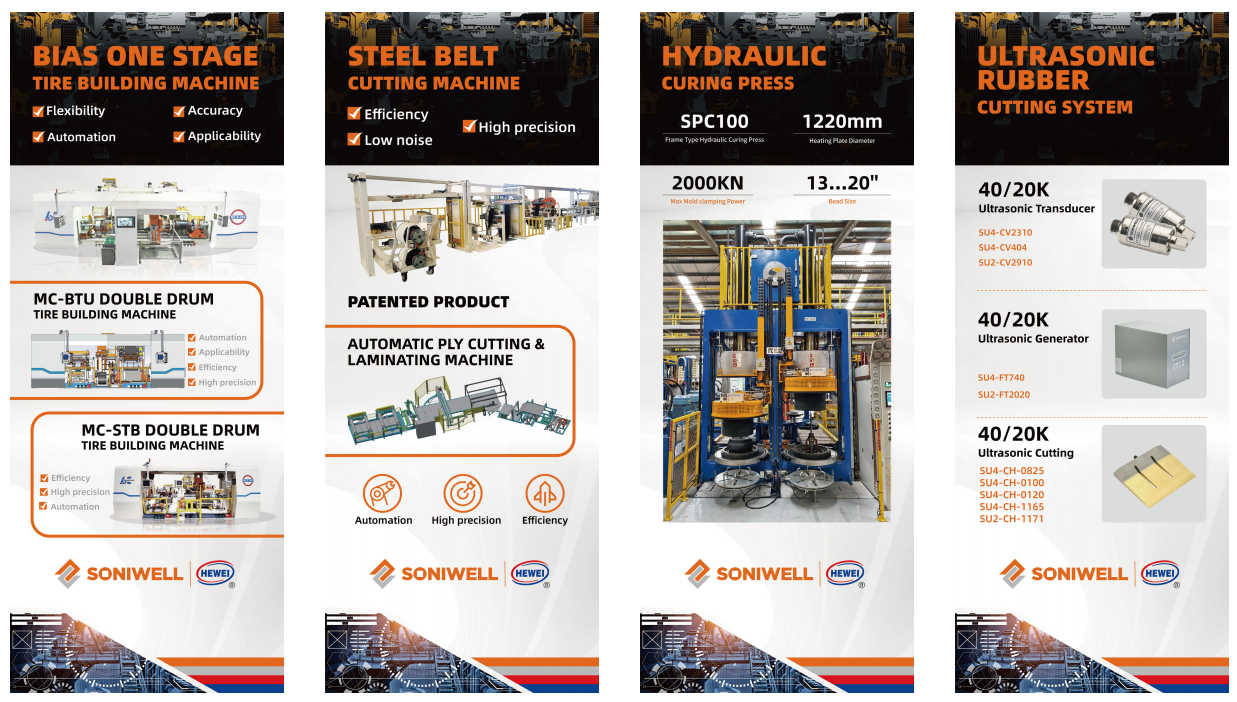In today's digital age, printers have become an essential tool for both personal and professional use. With a wide range of options available in the market, choosing the right printer can be a daunting task. In this comprehensive guide, we will explore the key factors to consider when selecting a printer that suits your specific requirements. From understanding different printer types to evaluating essential features, this article will empower you to make an informed decision.
- Assess Your Printing Needs:
Before diving into the world of printers, it is crucial to evaluate your printing needs. Consider the following factors:
a) Volume: Determine the average number of pages you print per day or month. This will help you choose a printer with the appropriate duty cycle.
b) Purpose: Identify whether you need a printer for personal use, small office, or professional-grade printing. Different purposes require different printer capabilities.
c) Print Quality: Assess the level of print quality required for your documents or images. This will help you decide between inkjet and laser printers.
- Understanding Printer Types:
To make an informed decision, it is essential to understand the different printer types available:
a) Inkjet Printers: Ideal for home or small office use, inkjet printers offer vibrant color printing and are suitable for printing photos or graphics.
b) Laser Printers: Designed for high-volume printing, laser printers are known for their speed, precision, and cost-effectiveness. They are commonly used in offices and businesses.
c) All-in-One Printers: These versatile printers combine printing, scanning, copying, and sometimes faxing capabilities in a single device. They are suitable for multi-functional needs.
- Key Features to Consider:
To narrow down your options, consider the following key features:
a) Connectivity Options: Determine whether you require wireless connectivity, USB, Ethernet, or mobile printing capabilities.
b) Paper Handling: Evaluate the printer's paper capacity, supported paper sizes, and duplex printing capabilities based on your requirements.
c) Print Speed: Consider the number of pages per minute (PPM) the printer can produce, especially if you have high-volume printing needs.
d) Cost of Consumables: Research the cost and availability of ink or toner cartridges, as well as their page yield. This will help you estimate the long-term cost of printing.
e) Additional Features: Explore extra features like touchscreen displays, automatic document feeders, or borderless printing, depending on your preferences.
- Research and Compare:
Once you have identified your needs and narrowed down your options, conduct thorough research and compare different printer models. Consider reading expert reviews, customer feedback, and comparing prices from reputable retailers. - Budget Considerations:
While it is tempting to opt for the cheapest printer available, it is essential to strike a balance between your budget and long-term costs. Consider the initial purchase price, cost of consumables, and maintenance expenses to make an informed decision.
Conclusion:
Choosing the right printer can significantly impact your productivity and printing experience. By assessing your needs, understanding printer types, evaluating key features, conducting research, and considering your budget, you can confidently select a printer that perfectly aligns with your requirements. Remember, investing time in choosing the right printer now will save you from potential frustrations and expenses in the future.




